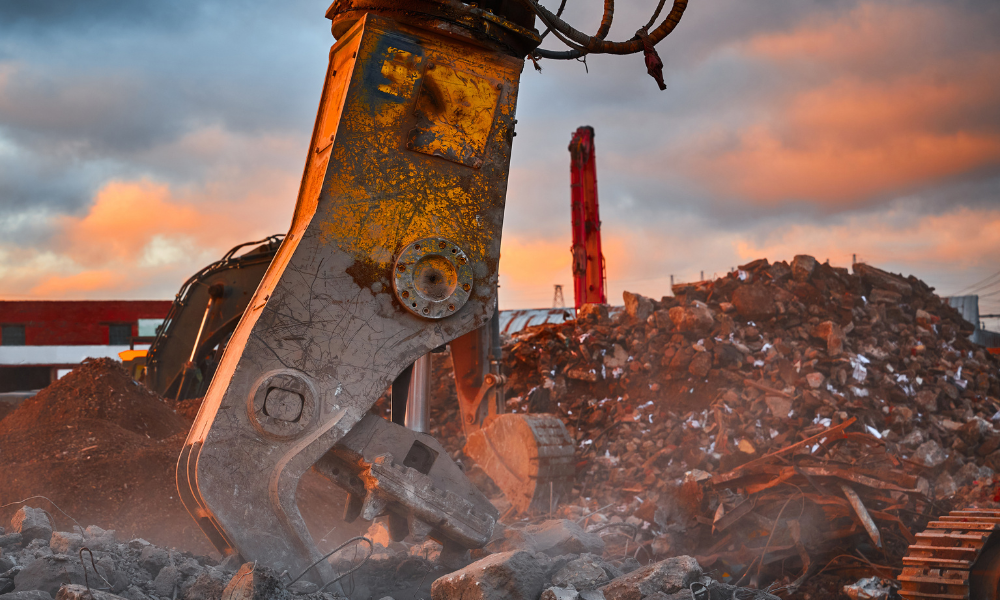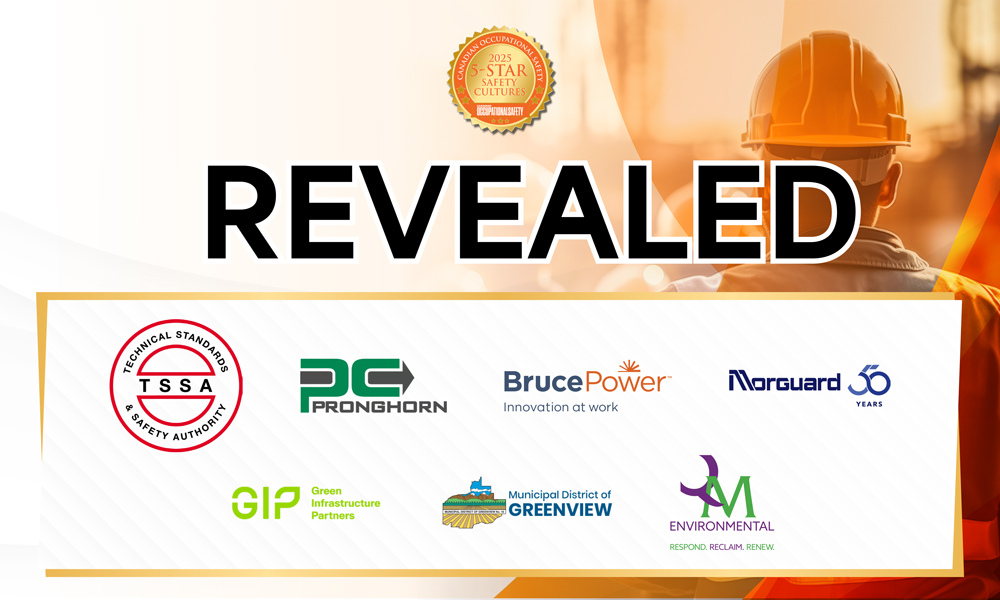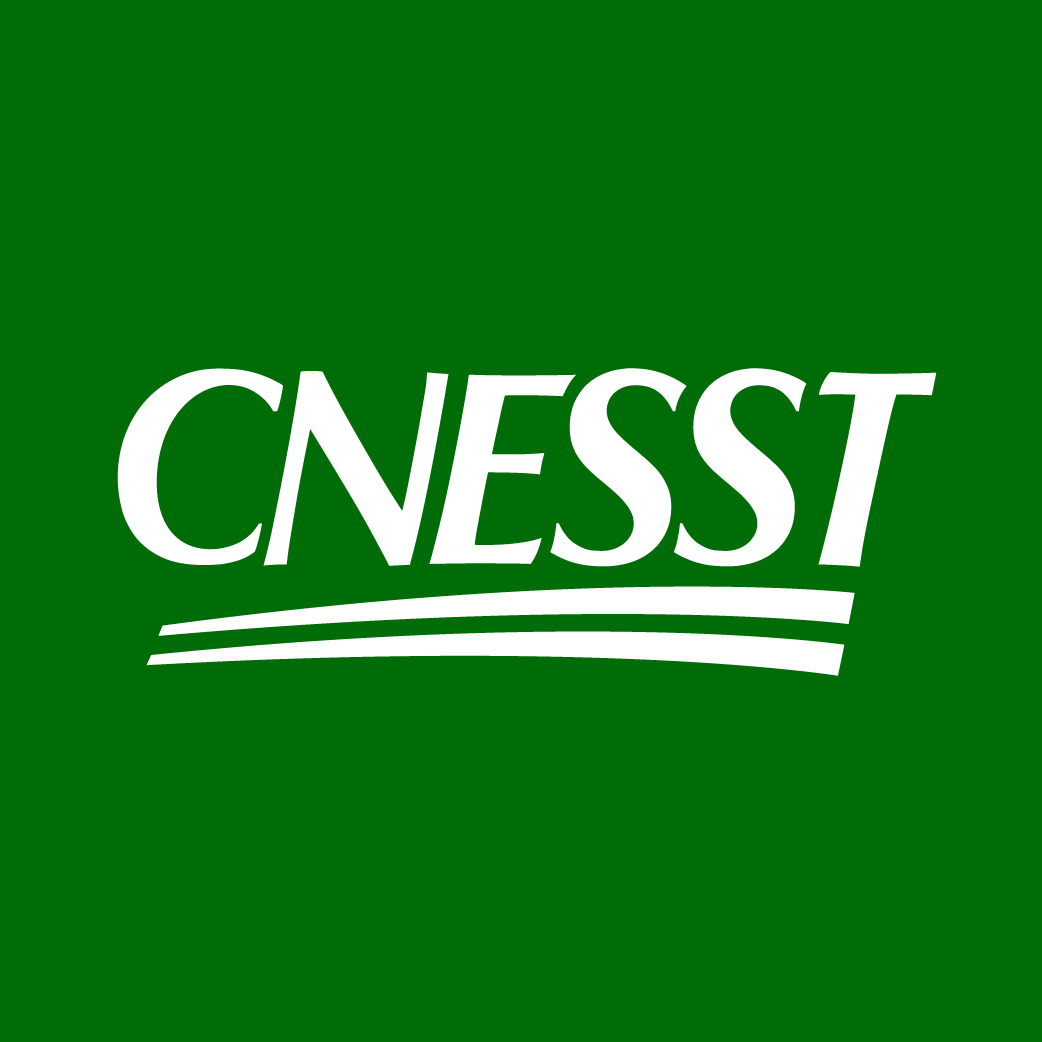'What was reasonable in the past will not be reasonable in the future' says safety leader

The advent of artificial intelligence (AI) in various industries has brought about a paradigm shift in how workplace safety is approached and managed. As AI technologies continue to evolve, their impact on occupational health and safety (OHS) practices is becoming more pronounced. This development raises critical questions about what courts will consider reasonable in the context of workplace safety.
Early stages and long road ahead
Shilo Neveau, executive vice president of health and safety at Valard Construction Group of Companies and Canada regional director health & safety at Quanta Services Inc., has suggested that while the integration of AI in OHS is in its nascent stages, its future impact is undeniable. At the recent Canadian Safety Summit, he noted the dynamic nature of reasonableness in the eyes of the law.
"With the advent of technology, it's going to skew the reasonable person standard," Neveau explains. "What was reasonable in the past will not be reasonable in the future. We're on the road together, starting this journey together. This is the starting point."
Neveau's comments challenge OHS professionals to recognize that ideas around reasonable safety measures will evolve. Companies not keeping pace with technological advancements may find themselves at a disadvantage in legal contexts.
Potential and legal practicality
Cheryl Edwards, a partner at Matthews Dinsdale & Clark LLP, brings a practical perspective to the discussion. She acknowledges AI's potential in hazard identification and jobsite safety but remains cautious about its immediate applicability.
"I can see that, but I'm not sure that I would agree with anyone that we're at the point where that's likely," says Edwards. "From what I hear in the safety field, this is not immediately on the horizon."
Edwards points out that while AI could revolutionize safety standards, such as using drones for site inspections or employing AI-driven hazard identification systems, these technologies are not yet widely adopted. This gap between potential and current practice underscores the need for a gradual and thoughtful integration of AI in workplace safety.
From a legal standpoint, Edwards elaborates on how evolving industry practices could influence court judgments. "Reasonableness is always a matter of looking at all of the circumstances. That could include not only legislative standards, but other standards developed from industry practices. As industry practices change and evolve, the reasonableness standard will increase."
Ryan Conlin, a partner at Stringer LLP, concurs with Edwards, and says the courts often look to industry standards when assessing reasonableness, and AI could become a factor in this evaluation.
"Courts do look to industry standards, and to what other employers are doing as one factor in assessing what is reasonable," Conlin notes. "If there was an accident that occurred because AI wasn't used, it could happen that courts might find the lack of AI usage unreasonable, but I think we're a long way away from that at this point."
While AI has the potential to set new benchmarks for safety standards, its current role before the courts remains largely hypothetical. The key takeaway is that as AI becomes more integrated into industry practices, it will inevitably shape legal interpretations of what constitutes reasonable safety measures.
Preparing for an AI-enhanced future
The integration of AI in occupational health and safety is a journey still in its early stages. While the potential is vast, the current landscape is one of gradual adoption and cautious optimism.
For health and safety professionals, the message is clear: Stay informed, be adaptable, and prepare for a future where AI could redefine what is considered reasonable in workplace safety. By embracing technological advancements and understanding their implications, companies can position themselves ahead of the curve, ensuring they meet evolving safety standards and legal expectations.





